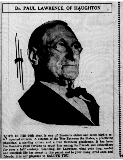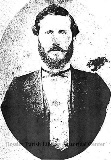Medicine in the New South
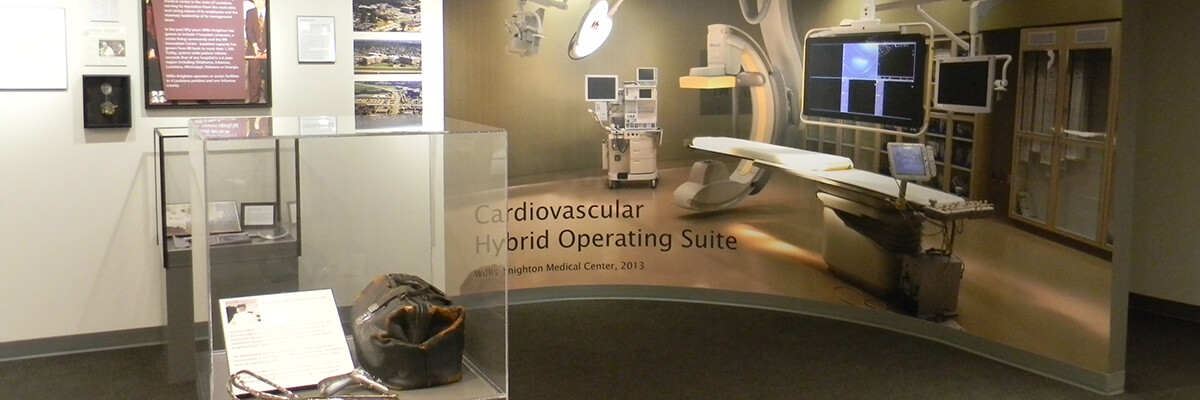
Medicine in the New South
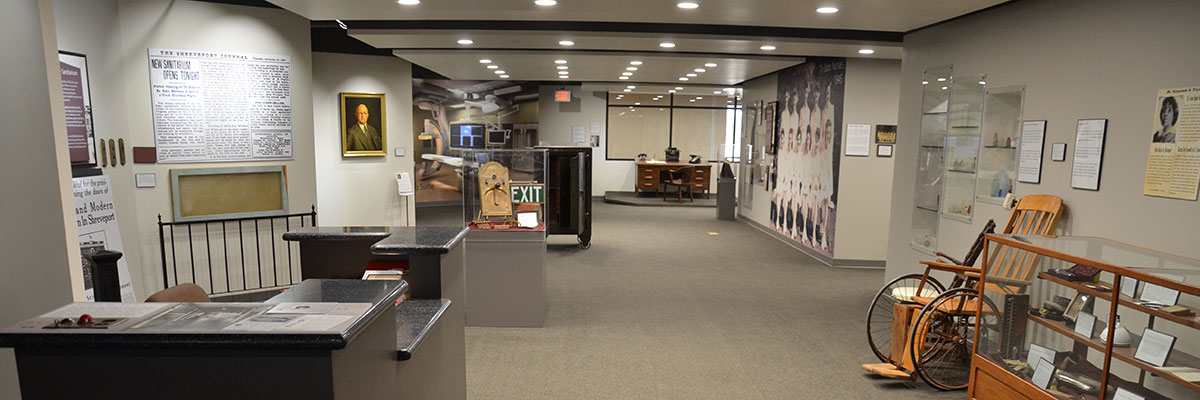
Medicine in the New South
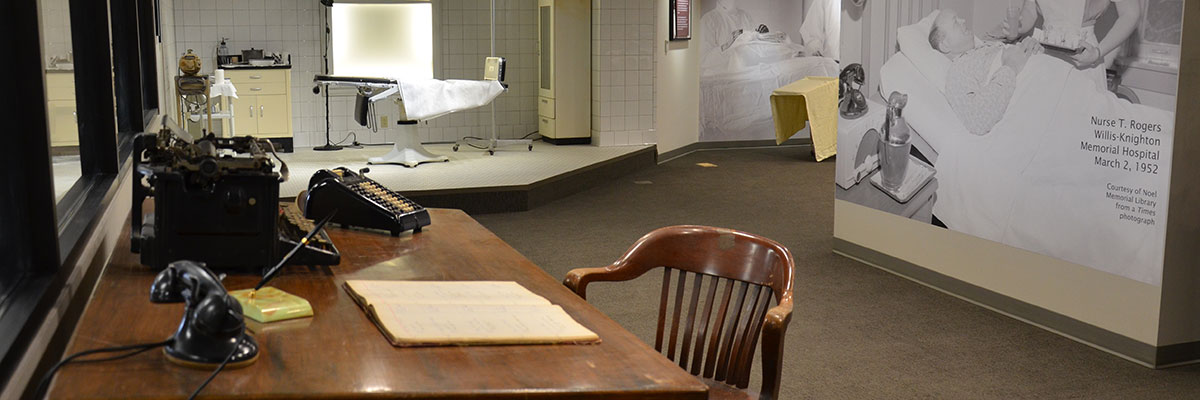
Medicine in the New South
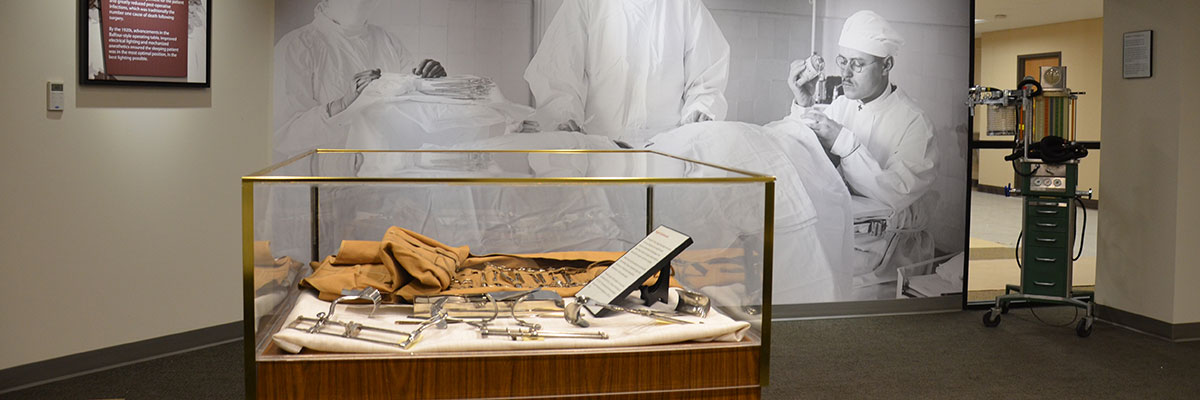
Medicine in the New South
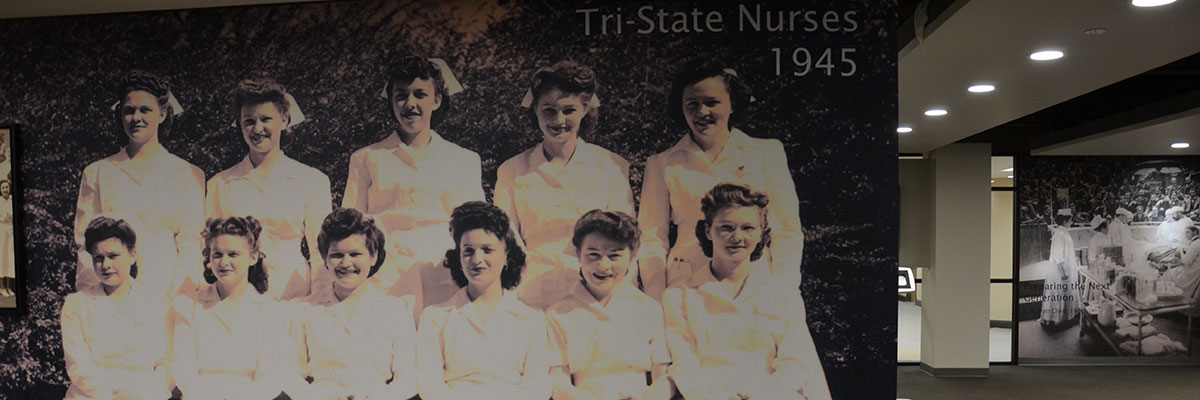
Medicine in the New South
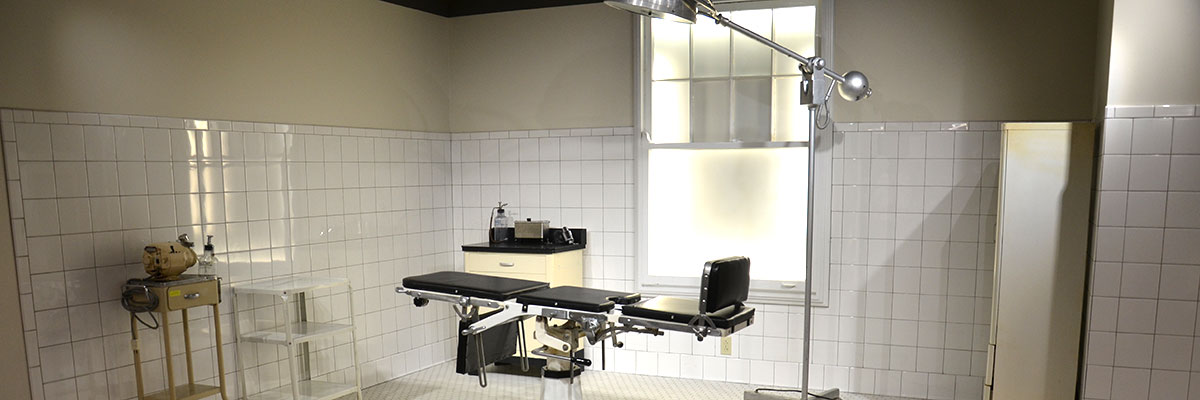
Traces the regional development of medicine from the end of the Civil War to the dawn of the twentieth century. Can you imagine sewing up a surgical incision with horsehair? Can you imagine the doctor coming to you for a house call when you are not feeling well? Highlights exhibit include a restored ca. 1890s doctor’s buggy, an extensive collection patent medicine bottles, vintage instruments and puzzling medical devices of years long since passed.
Dr. Paul Lawrence Biography and Photos
Description
If anyone typified the “horse and buggy” country practitioner, it was Bossier Parish physician Dr. Paul Lawrence. Born in Mississippi in 1839, Lawrence came to Bossier Parish with his family and educated at Fillmore Academy. When the Civil War broke out, Lawrence was a medical student at the University of New Orleans, later Tulane University Medical School.
Like many of his generation, the young would-be doctor joined the Confederate Army. He fought through several campaigns in Tennessee and Georgia being wounded more than once In February, 1864, he was shot in the shoulder at the Battle of Dalton, Georgia.and then again in May at the battle of New Hope Church. It was there the 22-year old former medical student lost his right leg. He was taken to relatives in Mississippi to recover his health and then in 1865, he returned to New Orleans to take up his medical studies.
Lawrence graduated in 1867 and returned to North Louisiana. Lawrence quickly settled into the life of what was then rural Bossier Parish. In 1870, Dr. Lawrence married Mary Jane Haughton, the daughter of two Bossier Parish pioneers. The current town of Haughton was later founded by Lawrence as a stop on the Vicksburg, Shreveport and Pacific Railroad and would be named for his wife’s parents. He and his wife would have five children.
Despite his disability, Doctor Lawrence not only pursued his medical career, but became a successful landowner. Throughout his fifty year career, Dr. Lawrence would continue to treat his rural patients day or night, rain or shine until his death in 1934 at the age of 95.
Location in Museum
Medicine in the New SouthAge
Late 19th and early 20th century



